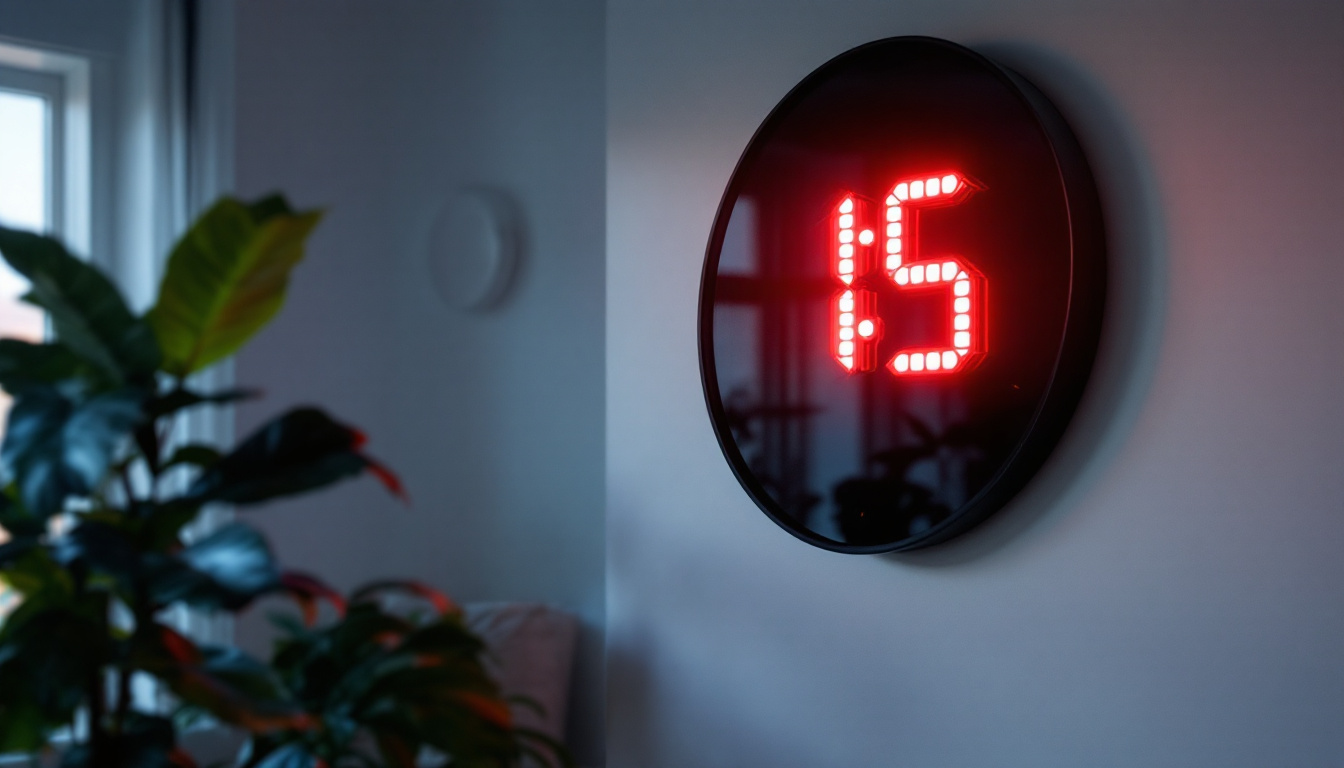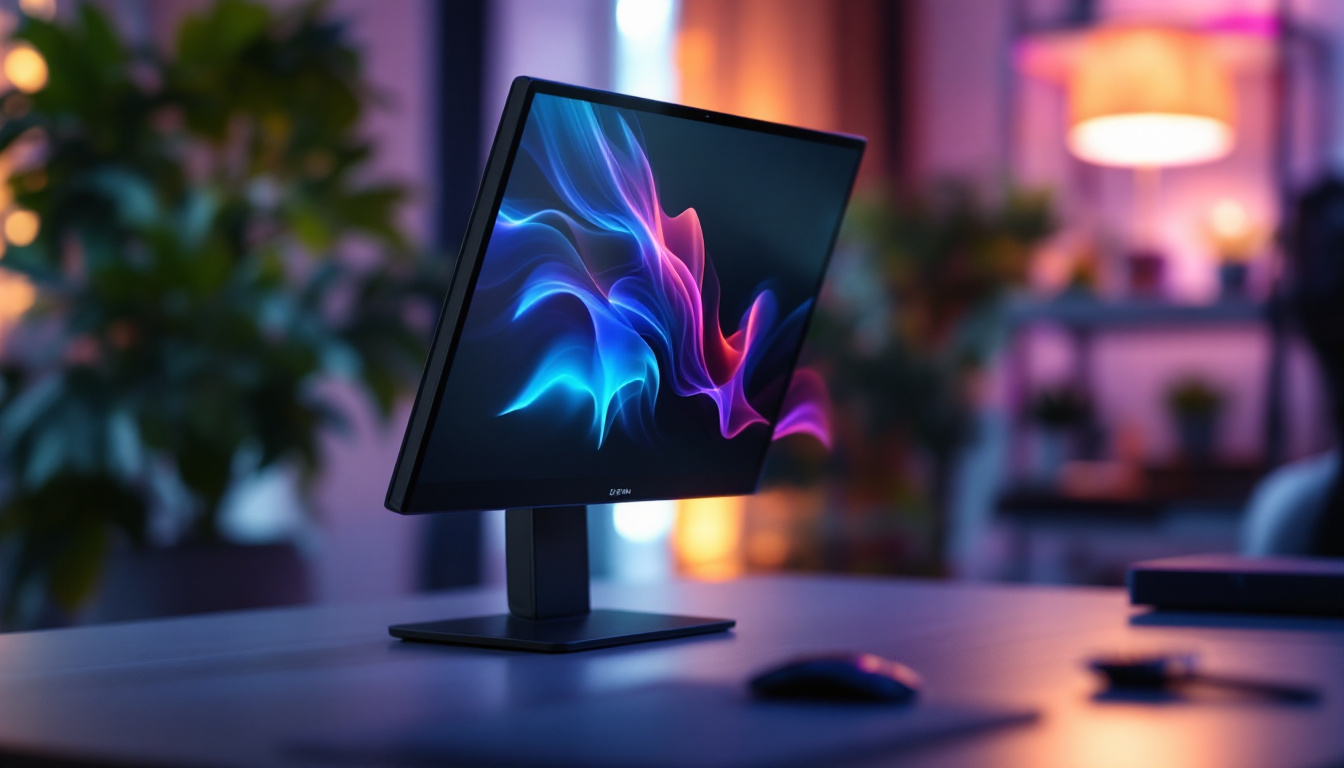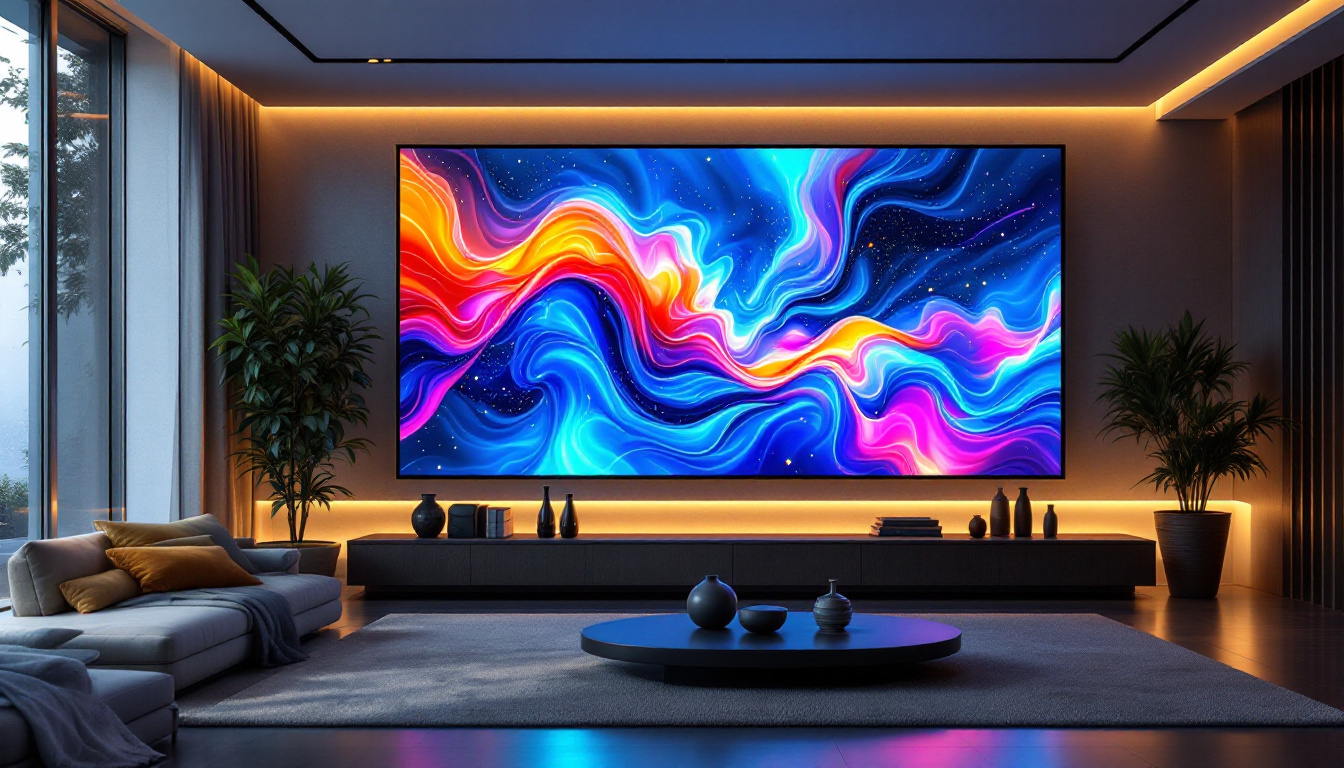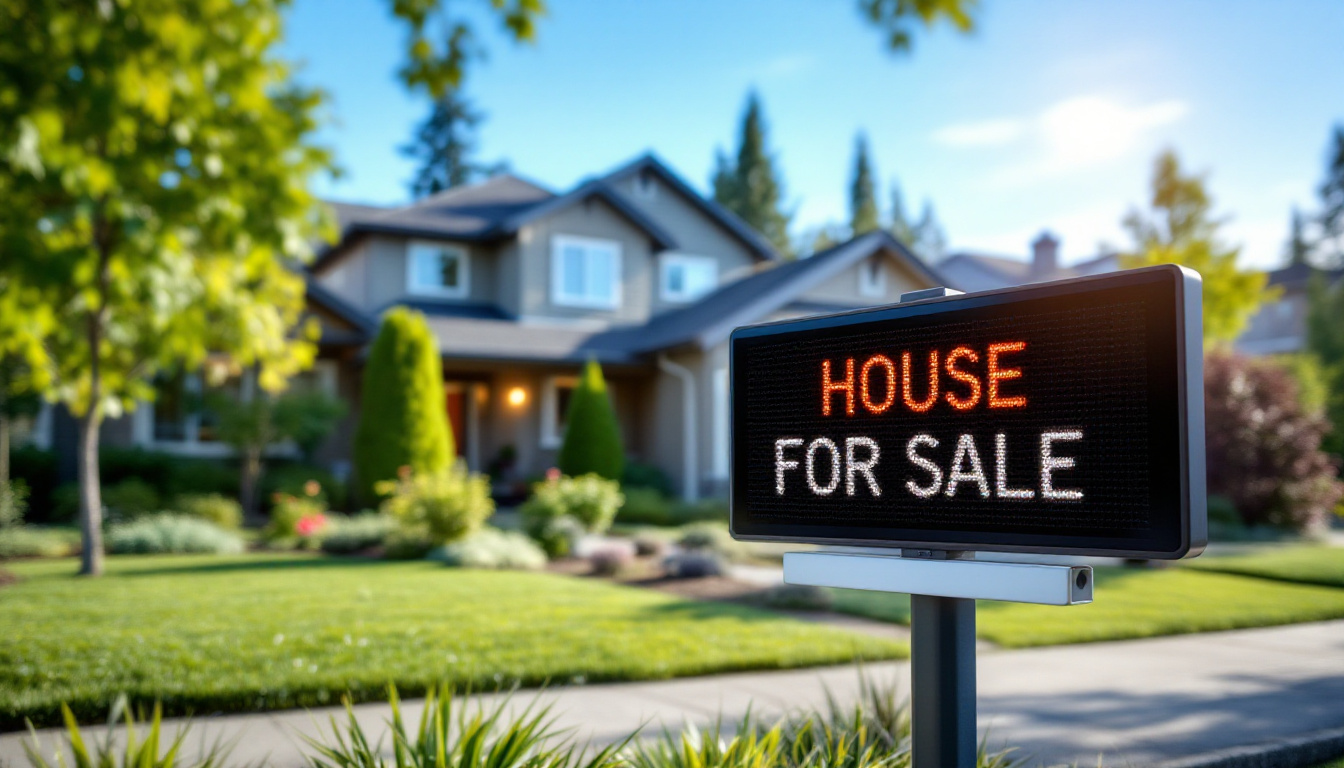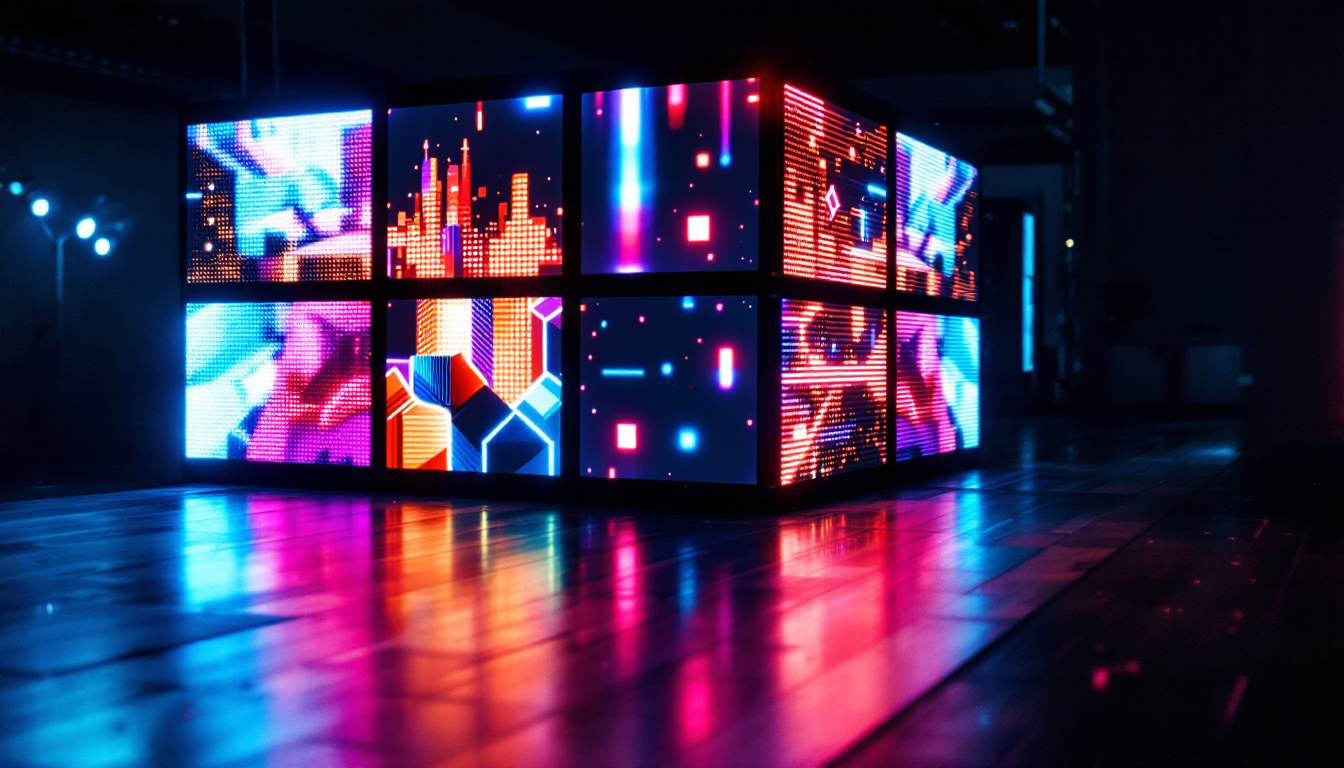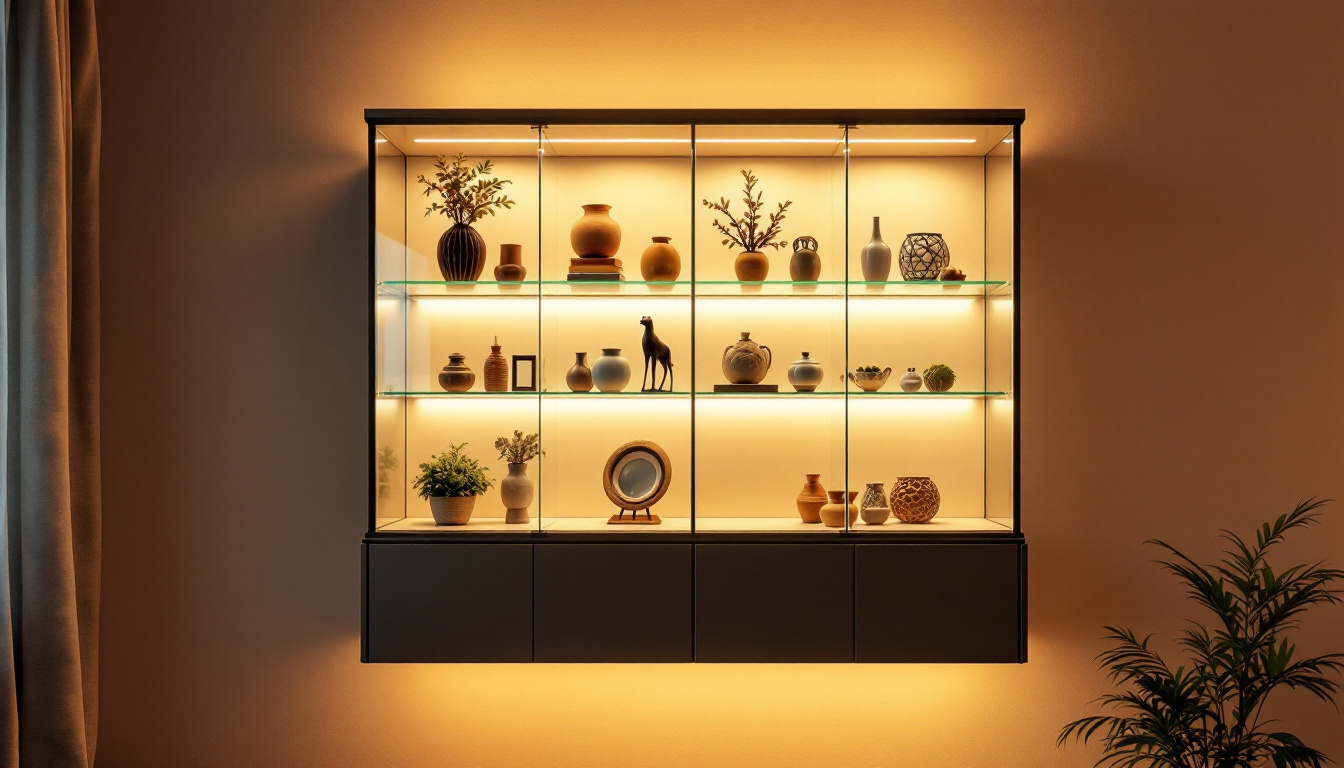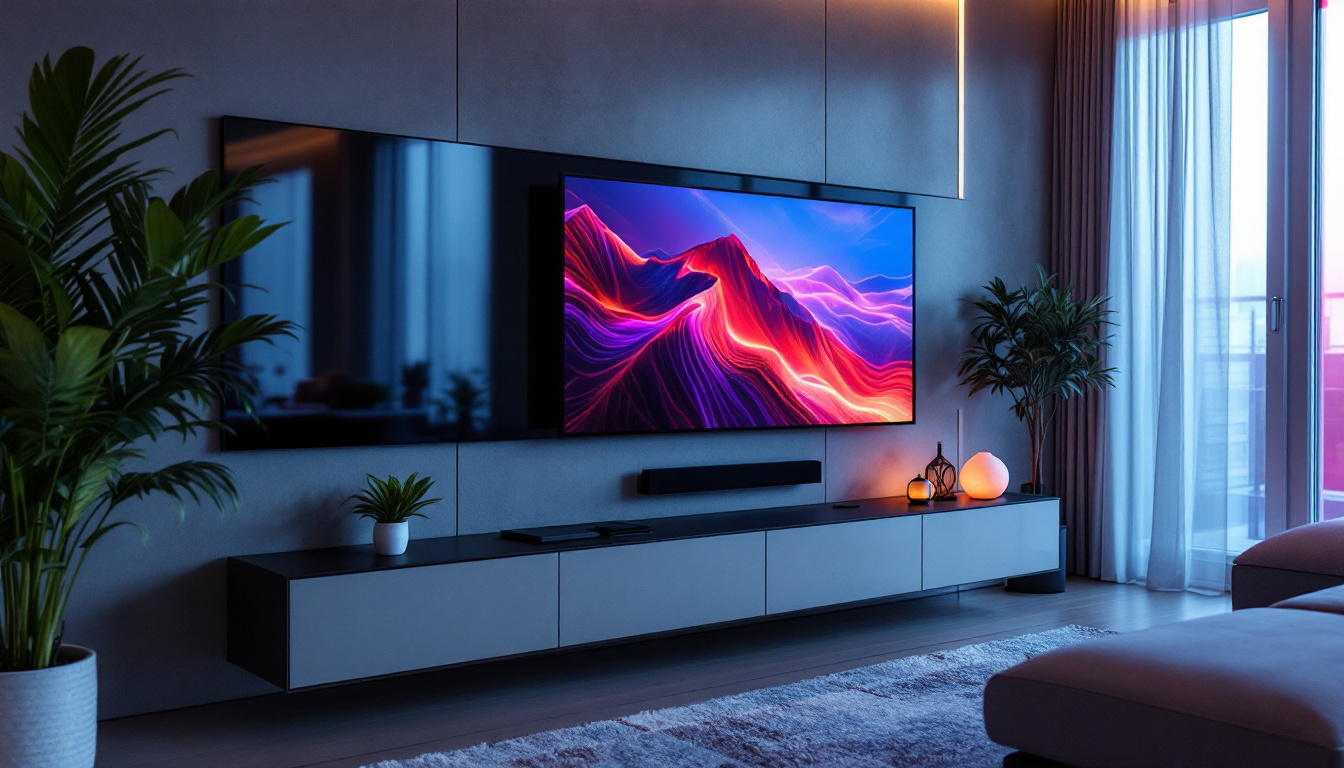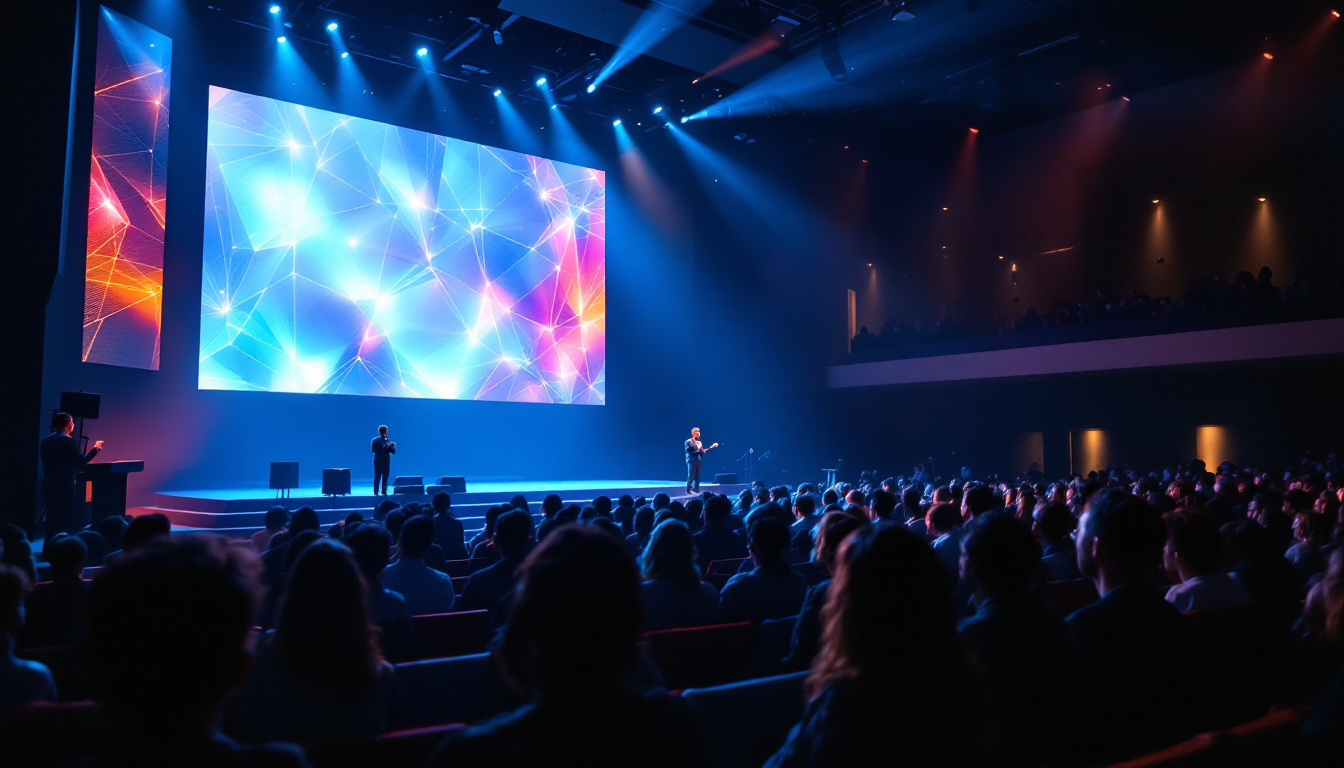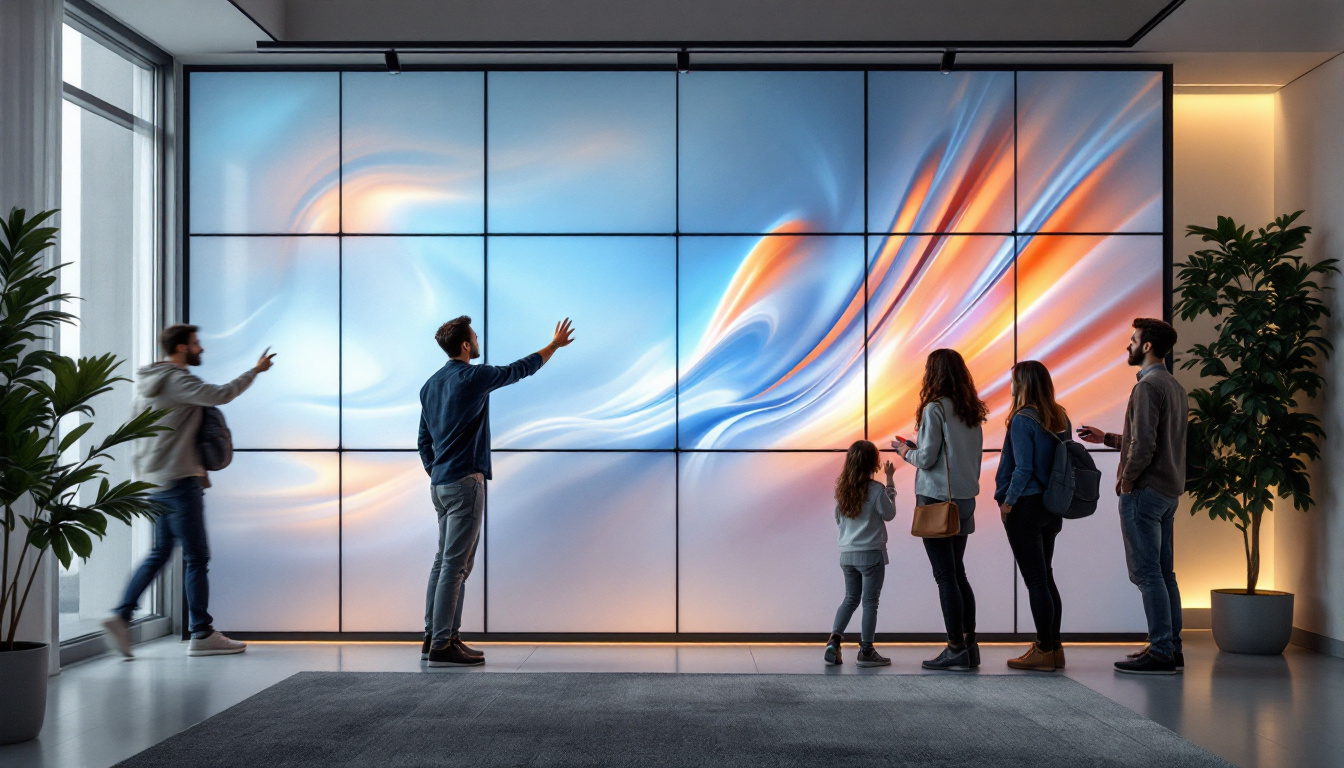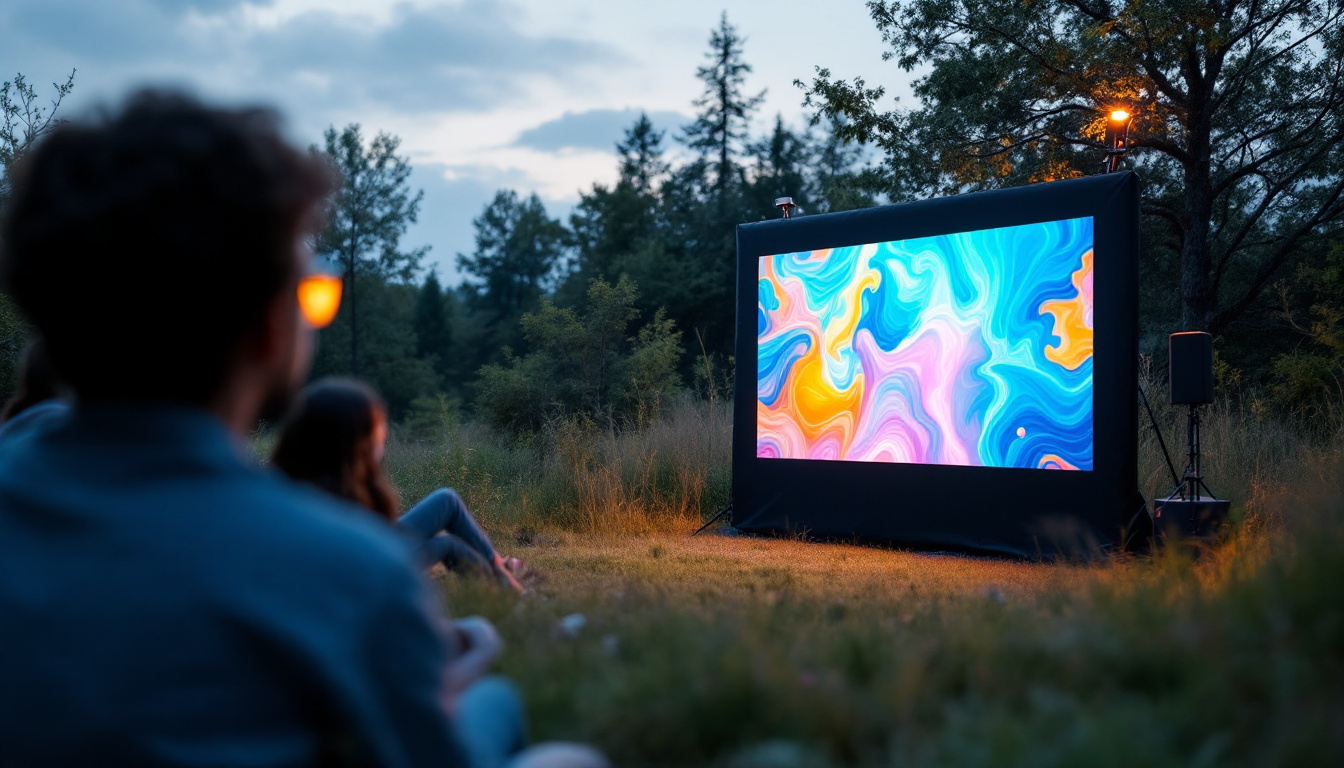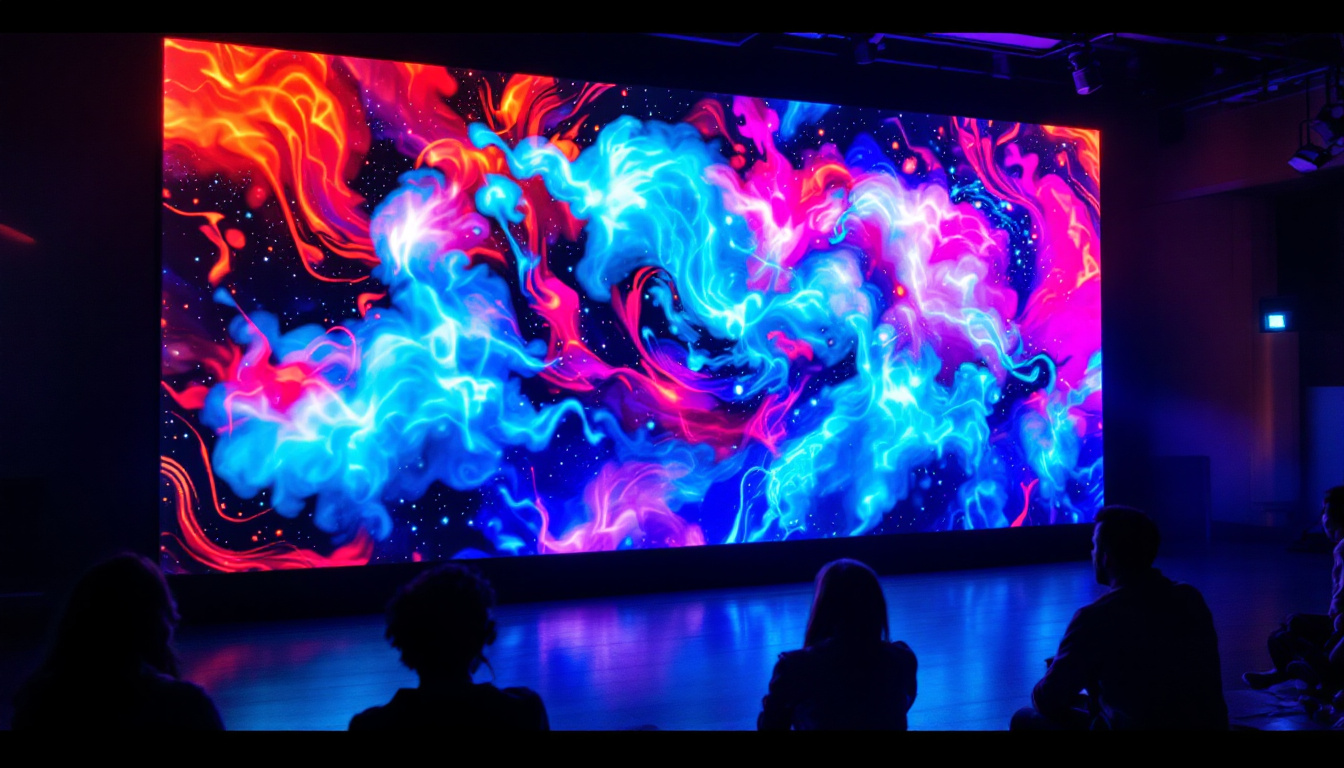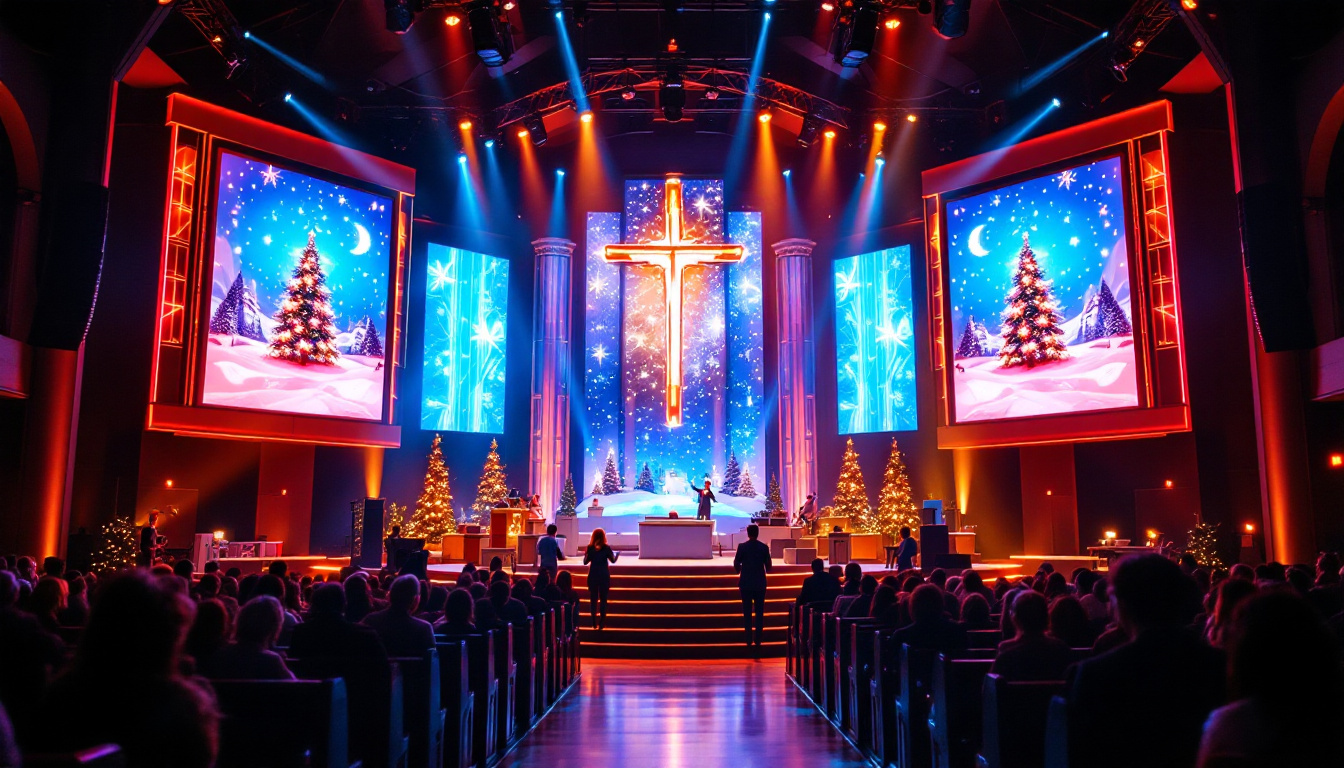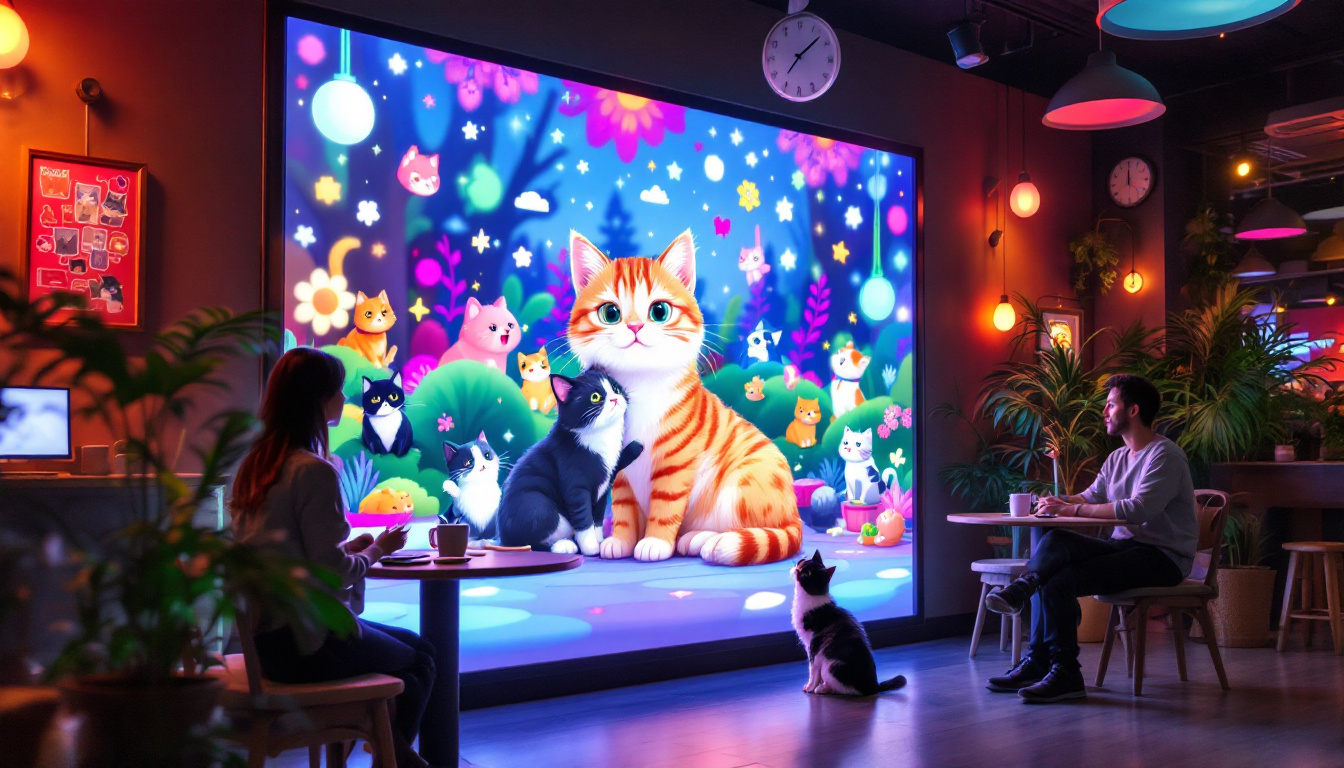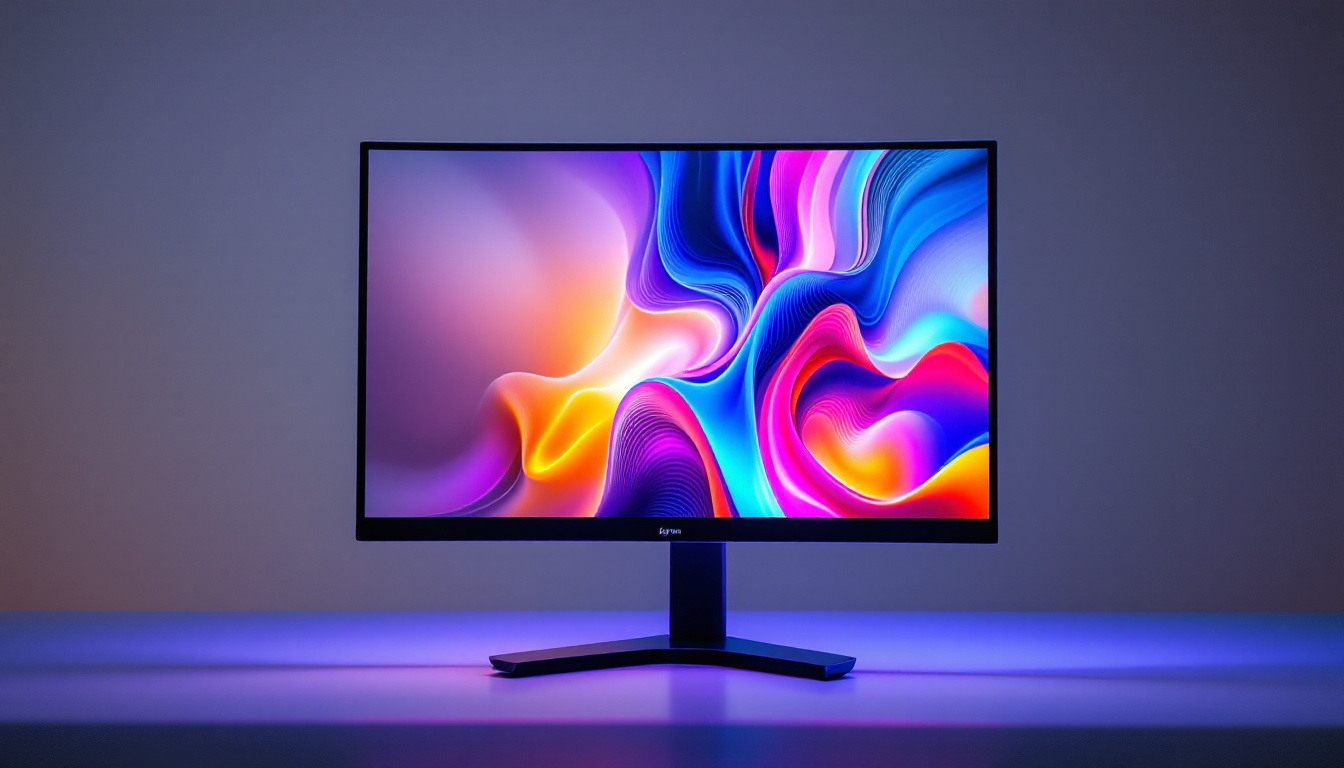In an era where timekeeping has evolved dramatically, the digital clock with a large wall display has become a staple in both homes and offices. These clocks not only serve a functional purpose but also enhance the aesthetic appeal of a space. This article delves into the intricacies of LED displays in large wall clocks, exploring their technology, features, and advantages.
Understanding LED Technology
Light Emitting Diodes (LEDs) have revolutionized the way we perceive time through digital clocks. Unlike traditional clocks that rely on analog mechanisms, LED clocks utilize electronic components that offer numerous advantages.
How LEDs Work
LEDs operate by passing an electric current through a semiconductor material, which then emits light. This process is highly energy-efficient, allowing LED clocks to consume significantly less power compared to their incandescent counterparts. The brightness of the display can be adjusted, making it suitable for various environments, from dimly lit rooms to brightly lit offices. Moreover, the rapid response time of LEDs ensures that the display updates instantaneously, providing accurate timekeeping without the lag that can sometimes occur in older technologies.
Benefits of LED Displays
One of the primary benefits of LED displays in large wall clocks is their visibility. The bright and clear digits can be seen from a considerable distance, making them ideal for large spaces. Furthermore, the longevity of LED technology means that these clocks can last for years without needing a bulb replacement, which is a common issue with traditional clocks. This durability not only reduces maintenance costs but also contributes to a more sustainable lifestyle, as fewer resources are consumed in manufacturing replacements. Additionally, many LED clocks come equipped with features such as temperature displays, alarms, and even Bluetooth connectivity, enhancing their functionality and making them a versatile addition to any room.
Color and Design Variations
LED displays come in a variety of colors, allowing for customization that can match the decor of any room. From classic red to modern white, the color options enhance not only functionality but also the visual appeal of the clock. Additionally, many models feature sleek designs that can complement both contemporary and traditional interiors. Some manufacturers even offer programmable color options, enabling users to change the display color based on their mood or the time of day. This level of personalization not only makes LED clocks a stylish choice but also allows them to serve as dynamic pieces of art within a living space. Furthermore, with the rise of smart home technology, many LED clocks are now designed to integrate seamlessly with other smart devices, providing users with an interconnected experience that enhances their daily routines.
Features of Large Wall Digital Clocks
Large wall digital clocks are equipped with various features that enhance their usability and functionality. Understanding these features can help consumers make informed decisions when selecting a clock for their space.
Time Display Options
Most digital clocks offer multiple time display options, including 12-hour and 24-hour formats. This flexibility caters to different preferences and is particularly useful in international settings where time formats may vary. Some models even allow users to switch between different time zones, making them ideal for businesses with global operations. Additionally, many clocks feature adjustable brightness settings, allowing users to customize the visibility of the display based on the ambient lighting in the room, ensuring that the time is always easy to read, day or night.
Additional Functionalities
Many large wall clocks come with additional functionalities such as temperature displays, humidity sensors, and even alarm settings. These features provide added value, making the clock not just a timekeeping device but also a multifunctional tool that can enhance daily life. For instance, a built-in temperature display can help individuals monitor indoor climate conditions, which is particularly beneficial for those with specific health needs or for maintaining the optimal environment for plants and pets. Furthermore, some models include programmable alarms that can be set for different days of the week, offering versatility for busy schedules.
Smart Features
With the rise of smart home technology, some digital wall clocks now integrate with smart home systems. These clocks can sync with smartphones, allowing users to receive notifications, reminders, and even control other smart devices directly from the clock interface. This connectivity adds a layer of convenience that traditional clocks simply cannot offer. Moreover, many smart digital clocks are equipped with voice control capabilities, enabling users to manage their settings hands-free. This feature is particularly useful for those who are multitasking or for individuals with mobility challenges, making it easier to interact with the clock without having to physically reach for it.
Design and Aesthetics
Beyond functionality, large wall digital clocks are available in a variety of designs that can complement any decor style. From sleek, modern designs with minimalistic features to more ornate styles that incorporate wood or metal elements, there is a digital clock to suit every taste. Many models also come with customizable display options, allowing users to choose different fonts, colors, and layouts for the time display, further enhancing the clock’s aesthetic appeal. This personalization not only makes the clock a practical tool but also a stylish addition to any room, whether it be a home office, living room, or commercial space.
Choosing the Right Digital Clock
Selecting the right large wall digital clock involves considering various factors that align with personal needs and the environment in which the clock will be placed.
Size and Visibility
The size of the clock is crucial, especially for large spaces. A clock that is too small may be difficult to read from a distance, while one that is too large could overwhelm a small room. It’s essential to strike a balance, ensuring that the clock is visible from various angles without dominating the space. In addition to size, the font and display type also matter; bold, clear digits are easier to read, especially for those with vision impairments. Opting for a clock with adjustable brightness can also enhance visibility in different lighting conditions, ensuring that the time is always easy to see, whether it’s day or night.
Power Source
Digital clocks can be powered by batteries, AC adapters, or even solar energy. Battery-operated clocks offer the advantage of portability, while those powered by AC adapters provide consistent power without the need for battery replacements. Solar-powered options are eco-friendly and can be an excellent choice for outdoor settings. Additionally, some modern digital clocks come equipped with backup battery systems that ensure they continue to function during power outages, providing peace of mind and reliability. When considering the power source, it’s also worth looking into energy efficiency ratings, as this can impact long-term costs and environmental footprint.
Design and Aesthetics
Design plays a significant role in the selection process. Clocks come in various styles, from minimalist designs to more elaborate ones with decorative elements. Choosing a clock that complements the existing decor can enhance the overall ambiance of the room, making it a focal point rather than just a functional item. Furthermore, some digital clocks offer customizable features, such as interchangeable faceplates or color options, allowing you to tailor the clock to your personal taste. The material of the clock, whether it’s sleek metal, warm wood, or modern plastic, can also influence the aesthetic appeal, contributing to the overall vibe of the space. Consider how the clock will look not just when it’s showing the time, but also as a part of your home decor, blending seamlessly with your style while serving its purpose effectively.
Installation and Maintenance
Once the right digital clock has been selected, proper installation and maintenance are essential to ensure longevity and optimal performance.
Installation Tips
Installing a large wall clock requires careful consideration of placement. Ideally, the clock should be positioned at eye level for easy reading. Additionally, it should be mounted securely to prevent any accidents. Using wall anchors and screws designed for the specific wall type can enhance stability.
Regular Maintenance
Maintaining a digital clock is relatively straightforward. Regular dusting and cleaning of the display will ensure that it remains clear and legible. For battery-operated models, checking and replacing batteries as needed is crucial to prevent the clock from stopping unexpectedly.
Software Updates for Smart Clocks
For smart digital clocks, regular software updates may be necessary to ensure optimal functionality. Manufacturers often provide updates that enhance features or fix bugs. Keeping the clock updated will help maintain its performance and security, especially if it connects to the internet.
Common Issues and Troubleshooting
Like any electronic device, digital clocks can encounter issues. Understanding common problems and their solutions can save time and frustration.
Display Malfunctions
If the display becomes dim or unreadable, it may indicate a power issue or a need for a battery replacement. Checking the power source and ensuring that connections are secure can often resolve these issues. If problems persist, consulting the user manual or contacting customer support may be necessary.
Timekeeping Errors
Occasionally, digital clocks may lose time or display incorrect information. This can result from power interruptions or software glitches. Resetting the clock or adjusting the settings according to the manual can often rectify these issues.
Connectivity Problems in Smart Clocks
For smart digital clocks, connectivity issues can arise due to weak Wi-Fi signals or software bugs. Ensuring that the clock is within range of the Wi-Fi router and checking for software updates can help resolve these problems. If connectivity issues persist, restarting the clock may also be beneficial.
Conclusion
Large wall digital clocks with LED displays offer a perfect blend of functionality and style. Their energy-efficient technology, customizable features, and modern aesthetics make them a popular choice for various settings. By understanding the technology behind these clocks, their features, and how to choose and maintain them, consumers can select the perfect timekeeping solution for their needs.
As technology continues to evolve, the future of digital clocks looks promising. With advancements in smart technology and design, these timepieces will likely become even more integrated into our daily lives, serving not just as timekeepers but as essential components of our smart environments.
Explore Cutting-Edge LED Display Solutions
Ready to elevate your space with the latest in LED display technology? Look no further than LumenMatrix, a pioneer in crafting visually stunning and technologically advanced LED display modules. Whether you’re seeking to enhance your brand’s presence with an Indoor LED Wall Display, captivate passersby with an Outdoor LED Wall Display, or create a dynamic visual experience with our range of Custom LED Displays and more, LumenMatrix has the solution to meet your needs. Embrace the future of visual communication and check out LumenMatrix LED Display Solutions today to transform your environment and engage your audience like never before.

